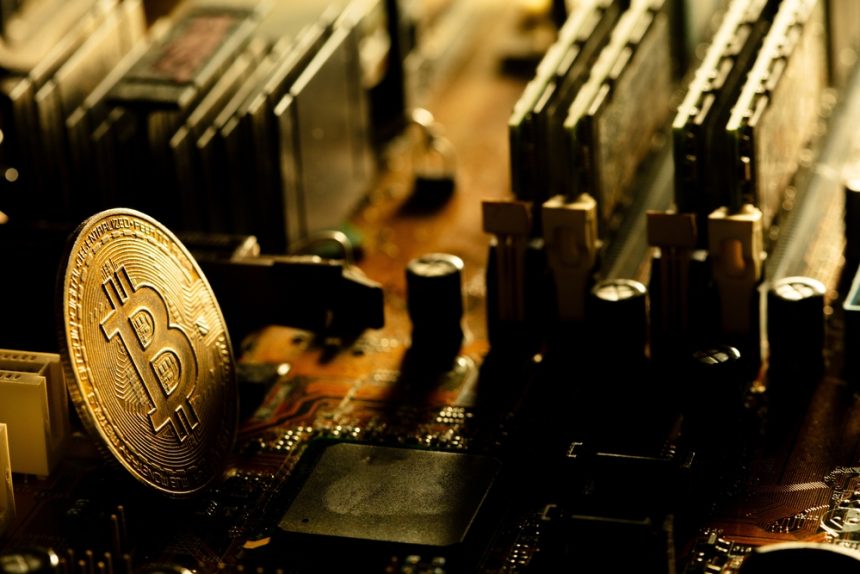Half of the signals sent from GEO satellites are still flying through space completely unencrypted. Hard to believe, isn’t it? With nothing more than an $800 setup a small dish and a simple software-defined radio any curious hobbyist can listen in. The UC San Diego and University of Maryland researchers didn’t break in, they just listened quietly and caught telecom, aviation, and industrial chatter drifting by.
Now, if you’re a Bitcoin miner using satellite backhaul, this only becomes a real problem if you’re still on Stratum V1 without encryption. In that setup, things like worker IDs, job templates, and payout details can leak into the open, basically broadcasting your operation to anyone nearby. The solution’s easy turn on TLS or switch to Stratum V2, which already comes with encryption built in.
Those dramatic “50 percent exposure” headlines? Misleading. They’re about general satellite signals, not Bitcoin. The study never said half of mining is exposed. And even if someone’s listening in, they can’t swipe coins or change blocks doing that takes network control, not just a cheap dish pointed at the sky.
Most modern LEO satellites encrypt their data by default, leaving outdated GEO systems as the real weak link. The fix is simple: use TLS, upgrade to Stratum V2, secure your modems, and watch for any weird latency or share patterns that might hint at snooping.
Encryption barely affects performance, and the cost is almost nothing compared to the peace of mind it brings. So, those $800 spy-dish stories? Overhyped. With proper encryption, miners and nodes are solid. The truth’s simple but easy to forget distance doesn’t protect you. Encryption does.





















